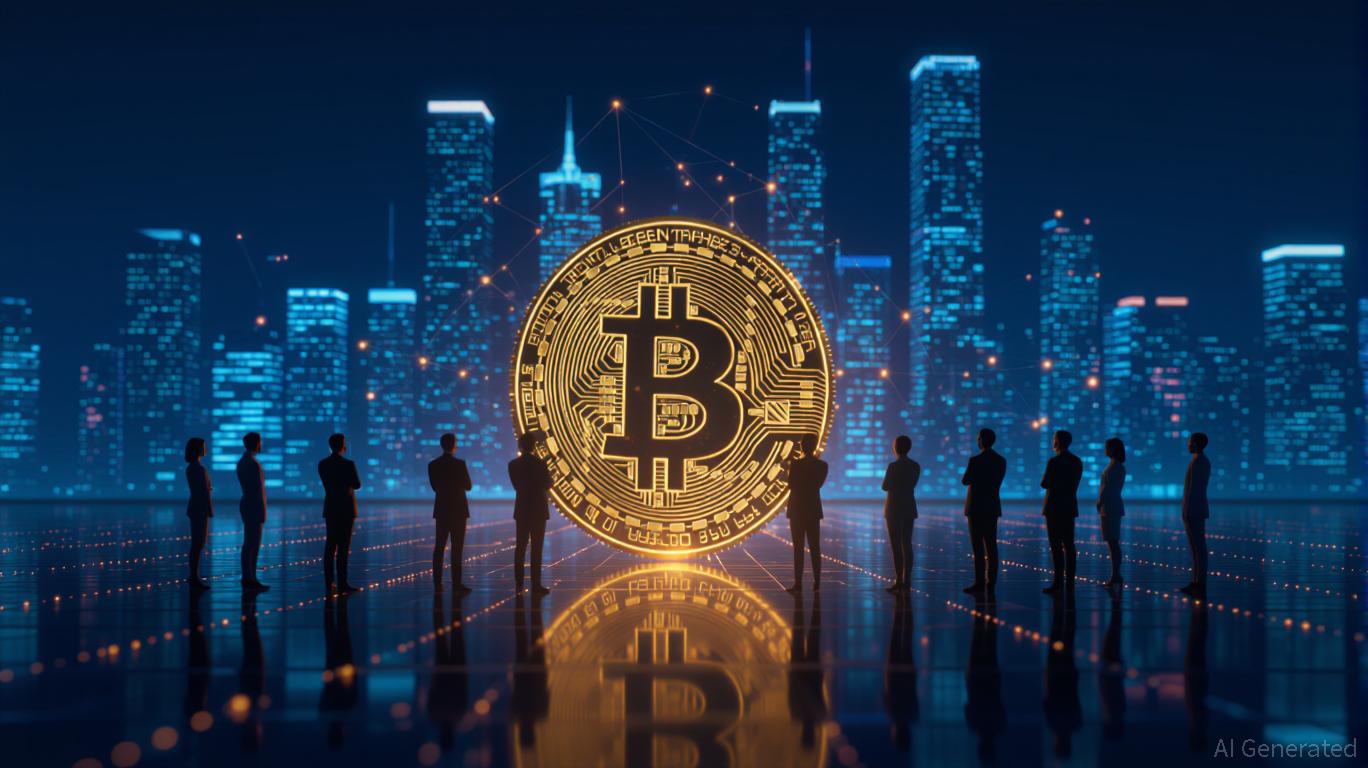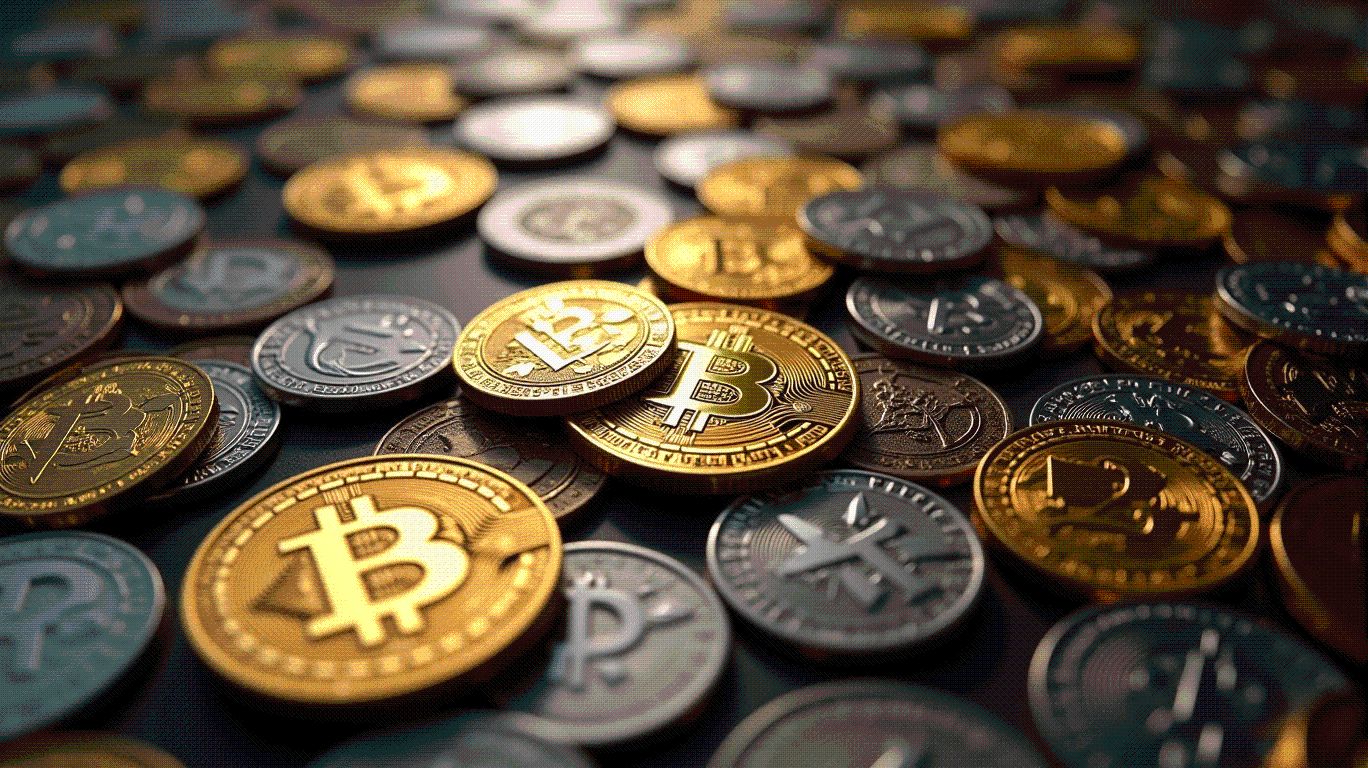Ohio Candidate Ramaswamy Proposes Bitcoin Education Reform
 2025/06/30 07:16
2025/06/30 07:16- Ohio to introduce Bitcoin education in schools.
- Ramaswamy leads pro-crypto educational reforms.
- No immediate financial or regulatory shifts observed.
Lede
Vivek Ramaswamy, Ohio gubernatorial candidate, announced plans to integrate Bitcoin education into the state’s school curriculum during a keynote at the “Bitcoin 2025” conference.
Nut Graph
Vivek Ramaswamy’s proposal highlights a shift towards modernizing Ohio’s educational framework by incorporating Bitcoin education into public education. This positions Ohio as a pioneer in integrating digital currency education into state curriculums.
Sections
Ramaswamy’s Vision
Ramaswamy, a known advocate for blockchain and decentralized finance, proposed a plan to make Bitcoin education mandatory in Ohio schools. Ramaswamy emphasized this plan at the Bitcoin 2025 conference.
The future of today’s students depends on their ability to adapt to economic developments. … Young people should learn about digital currencies, such as Bitcoin, as the world is shifting toward systems not organized by a single authority. … It’s like teaching the next generation how to use the internet, but with a focus on financial literacy.
— Vivek Ramaswamy, Candidate for Governor, Ohio
Community and Economic Impact
The proposal has generated significant attention among crypto communities , though it’s primarily driven by sentiment rather than immediate financial changes. This initiative could enhance digital literacy among students.
The move aims to prepare students for a future driven by digital economies. While the exact financial implications remain unclear, the proposal suggests a larger movement toward tech-savvy education.
Ramaswamy’s strategy could influence future educational policies across other states. By prioritizing Bitcoin literacy, it touches on broader economic trends but requires further legislative backing and funding to materialize effectively.
Insights suggest Bitcoin and other digital assets may see increased adoption if this educational model succeeds, laying the groundwork for future legislative discussions. History shows similar initiatives can modestly boost regional interest in digital assets.
Disclaimer: The content of this article solely reflects the author's opinion and does not represent the platform in any capacity. This article is not intended to serve as a reference for making investment decisions.
You may also like
YGG +193.75% 24H Due to Volatile Market Dynamics
- YGG surged 193.75% in 24 hours to $0.1572 on Aug 28, 2025, amid volatile market dynamics. - This followed a 561.34% 7-day drop, highlighting extreme short-term investor sentiment shifts. - A 660.13% monthly gain contrasts with a 6672.11% annual decline, underscoring unstable market conditions. - The rebound lacks clear fundamentals, raising doubts about sustainability amid broader bearish trends.

Bitcoin's Weakening Momentum and the Looming Correction: A Cautionary Tale for Crypto Investors
- Bitcoin faces triple threats: deteriorating technical indicators, Fed liquidity withdrawal, and bearish options positioning trigger correction risks. - MACD divergence and RSI weakness signal momentum exhaustion, while $14.6B in BTC puts highlight market capitulation fears. - Gamma pressure intensifies near $111K, with 20% drop in perpetual futures open interest and ETF outflows from BlackRock/Fidelity. - Strategic hedging (puts/futures) and position reduction urged as liquidity shocks expose crypto mark

Ethereum's Structural Outperformance Over Bitcoin in the Institutional ETF Era
- Ethereum dominates institutional ETFs in 2025 due to regulatory clarity, yield innovation, and infrastructure utility. - The GENIUS and CLARITY Acts reclassified Ethereum as a utility token, enabling SEC-compliant staking yields (3-5%) absent in Bitcoin's PoW model. - Ethereum ETFs attracted $9.4B in Q2 2025 vs. $552M for Bitcoin ETFs, driven by capital efficiency and deflationary supply dynamics. - Over 19 public companies now stake Ethereum for compounding returns, cementing its role as infrastructure

Stablecoins as the New Backbone of Global Payments: The USDC Cross-Border Revolution
- Circle and Finastra integrate USDC stablecoin into GPP platform, merging blockchain speed with traditional banking systems for cross-border payments. - The hybrid model reduces settlement times by 90% and costs by 40%, bypassing correspondent banking delays while maintaining SWIFT/ISO 20022 compatibility. - USDC's $65B circulation and regulatory backing (GENIUS Act, MiCA) drive institutional adoption, with Circle's IPO valuation surging 450% amid stablecoin market growth projections. - Risks include regu
